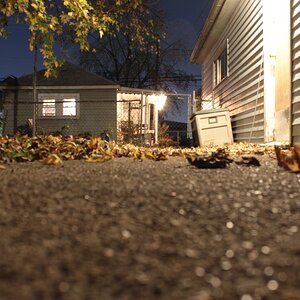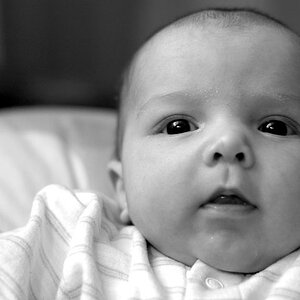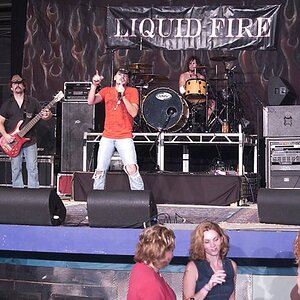- Joined
- Dec 11, 2006
- Messages
- 18,743
- Reaction score
- 8,047
- Location
- Mid-Atlantic US
- Website
- www.lewlortonphoto.com
- Can others edit my Photos
- Photos NOT OK to edit
I posted this in Jaomul's Emotional Attachment thread and it struck me that a technically better picture might not have more impact and might even have less, just because the children would be more identified and then it wouldn't have a universal theme of brotherly affection.
I am clearly too close to this, being both father and photographer, to trust my opinion for anyone but myself.
What do you think?
And why?

I am clearly too close to this, being both father and photographer, to trust my opinion for anyone but myself.
What do you think?
And why?




![[No title]](/data/xfmg/thumbnail/40/40312-7470c3c8f9e3a40e6b44c423096f188d.jpg?1619739414)


![[No title]](/data/xfmg/thumbnail/40/40311-715dda8167abb793178d6abf7e8136fe.jpg?1619739414)

![[No title]](/data/xfmg/thumbnail/40/40309-c759bfd4ae7c079632e7402d21d332f1.jpg?1619739414)



